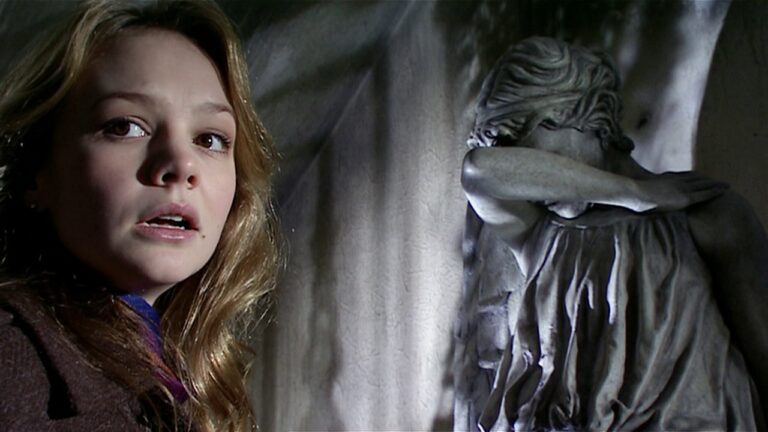As has been mentioned before here at the Tour, for long, long standing fans of Doctor Who, there is the notion of the ‘big five’ classic Doctor Who monsters, these being (in order of appearance) the Daleks, Cybermen, Yeti, Ice Warriors, and Sontarans. While it’s questionable that the Yeti, with only two appearances to their name, should be part of that quintet, here’s a better question …
What nu-Who monster(s) would you or could you nominate to join this list? For us here at the Tour there’s only one answer.
The Weeping Angels.
That’s it. That’s the list.
While four of the Five (again the Yeti) have appeared in nu-Who, only the Weeping Angels have really made multiple appearances in nu-Who. The Silence? Merely a variation on the Angels so we discount them on that score. But the Weeping Angels made an impact, especially in their first story (and the latest Modern Re-Capitulation) Blink.
 It’s a great story of course, and made better by the (possibly apocryphal) story behind the story. Realizing that the previous Doctor-lite story Love & Monsters, was to be charitable, underwhelming, RTD handed off the responsibility at the last minute to Steven Moffat. To say he succeeded is anything but an understatement.
It’s a great story of course, and made better by the (possibly apocryphal) story behind the story. Realizing that the previous Doctor-lite story Love & Monsters, was to be charitable, underwhelming, RTD handed off the responsibility at the last minute to Steven Moffat. To say he succeeded is anything but an understatement.
What’s astonishing is how logically tight Blink is. The ‘conversation’ between the Doctor and Sally Sparrow, separated by 37 years, is magnificent in its logical construction. In this vein it was crucially important to cast the right actress as Sally Sparrow–who had to be incredulous, fierce, coquettish, and empathetic all at once. To this end future Oscar Nominee Carey Mulligan carries Blink amazingly well. It might not work well, or even at all, without her.
Blink is not necessarily a complicated story, with relatively few characters, nor is the direction terribly flashy, but it knows what the Weeping Angels are and highlights them to full effect. They would be back, and then back again. The caps for Blink will not go away should you close your eyes. They’re forever.
Next time Peter Capaldi gets the Modern Re-Capitulation treatment. How is that possible?



